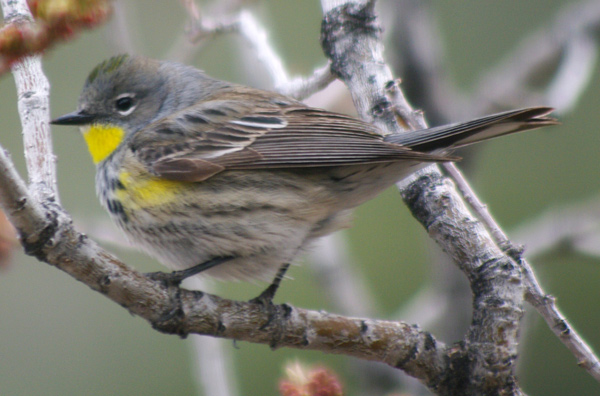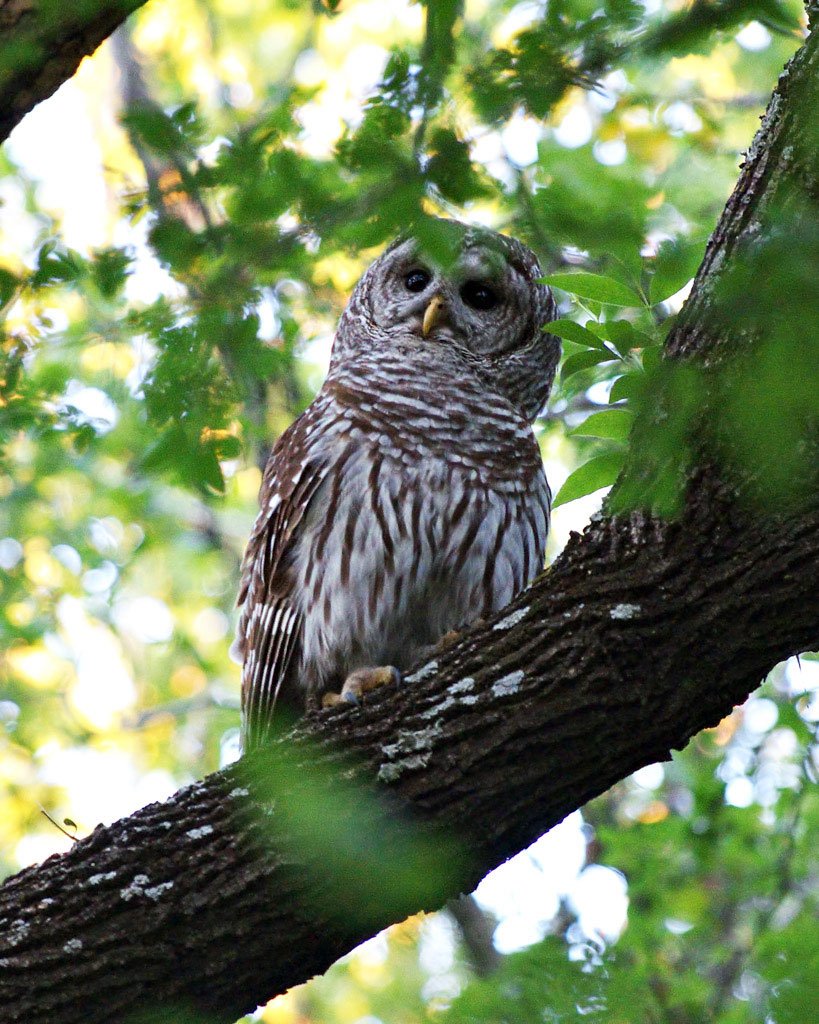

All of this excitement is over far too quickly for some as the water levels rapidly deplete over the course of the first two weeks following the drainage.Īccording to the Western Irrigation District website, “the Western Irrigation District provides irrigation water to over 400 farms and 96,000 acres of land, and supplies municipal water to over 12,000 people in four different communities through 1,200 km of canals and pipelines. Unusual and rare gull species are often found among the flocking Ring-billed Gulls, late migrating shorebirds feed along the extensive mudflats, and the tail end of songbird migration can often bring exciting birds such as Rusty Blackbirds and the occasional Harris’ Sparrow along the edges of the canal. It is at this time that the canal becomes prime feeding habitat for a few more exotic species. There is a very special time of year though, just after the first of October, when the Western Irrigation District stops drawing water from the Bow River and allows the canal to drain for the winter. The canal itself provides foraging and feeding opportunities to all varieties of dabbling ducks throughout the breeding season, while the established trees and shrubs along the edge of the canal are home to no end of songbird species throughout the year.


The Western Headworks Canal (known to many of us simply as the Calgary Irrigation Canal, or Bow River Irrigation Canal) is an amazing area to bird any time from early spring all the way through to the beginning of autumn. See more of Tony’s photos on his Flickr page. Birds don’t molt their tail feathers all at once, so a missing tail probably indicates that the bird narrowly survived an attack by a predator.īeaver, Carburn Park, April 30, 2017. Song Sparrow, Carburn Park, April 30, 2017. The Greater Yellowleg’s bill is about one and a half times the head length, and often slightly curved upwards. The Lesser is slighter, with a smaller head, and the bill is about the length of the head from front to back, as with this bird. On spring migration, we get more Lesser Yellowlegs than Greater Yellowlegs in the city. Lesser Yellowlegs, Carburn Park, April 30, 2017. Photo by Tony LePrieur.Ĭommon Merganser (female), Carburn Park, April 30, 2017. The rest of the photos were taken in Carburn Park on the Bow River in SE Calgary.Ĭommon Goldeneye (female), Carburn Park, April 30, 2017. It is a small wetland but has a trail around it and a bridge from which to view the birds. The Bridlewood Wetland is located just north of Spruce Meadows, on James McKevitt Road in SW Calgary. There is talk that the two subspecies will be split again into two separate species, so it is important to note which one you see, especially if you are recording your sightings on eBird.Ĭommon Grackle, Bridlewood Wetland, April 30, 2017. This year, quite a few Audubons were reported here. The Audubon subspecies, shown here, breeds in the western mountains. Most of the ones we get here are the Myrtle subspecies, the eastern and northern form, which have a white throat and a more prominent black mask. Yellow-rumped Warblers are usually among the first warblers to pass through Calgary on Spring migration, along with Orange-crowned Warblers. Yellow-rumped Warbler (Audubon’s), Bridlewood Wetland, April 30, 2017. Photographs of spring birds, by Tony LePrieur. Keep an eye out in parks and even in your yard! There are still flocks of Yellow-rumps moving through the city now. Yellow-rumped Warbler, Carburn Park, April 28, 2019. Audubons breed farther west, but we do see both on migration.

Most of the ones we see here are Myrtles heading for the boreal forest. The Audubon’s subspecies has a yellow throat and lacks the dark mask. These are the Myrtle subspecies of Yellow-rumped Warbler. Tony was able to get some great shots of Yellow-rumped Warblers. The next day, after an overnight snowstorm in Calgary, there were quite a few migrating songbirds at Carburn Park. Black-necked Stilt, Frank Lake, April 27, 2019. American Avocet, Frank Lake, April 27, 2019.Īmerican Coot, Frank Lake, April 27, 2019. All of these species can still be found there throughout the breeding season, along with dozens more. Here are some birds that Tony LePrieur photographed at Frank Lake on April 27.


 0 kommentar(er)
0 kommentar(er)
